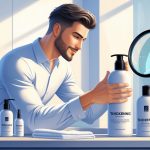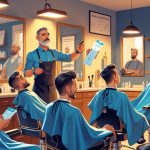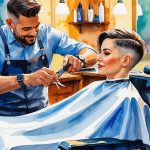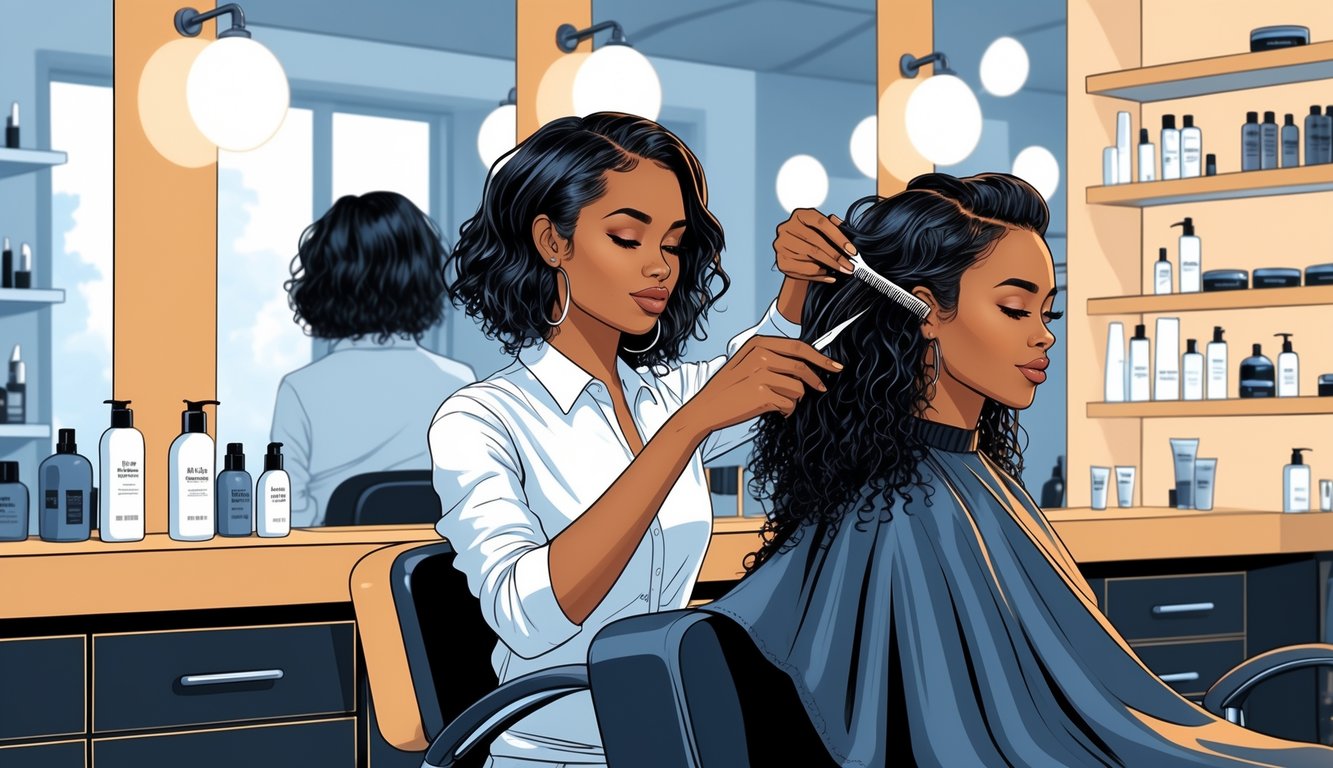
Proper Washing and Product Selection
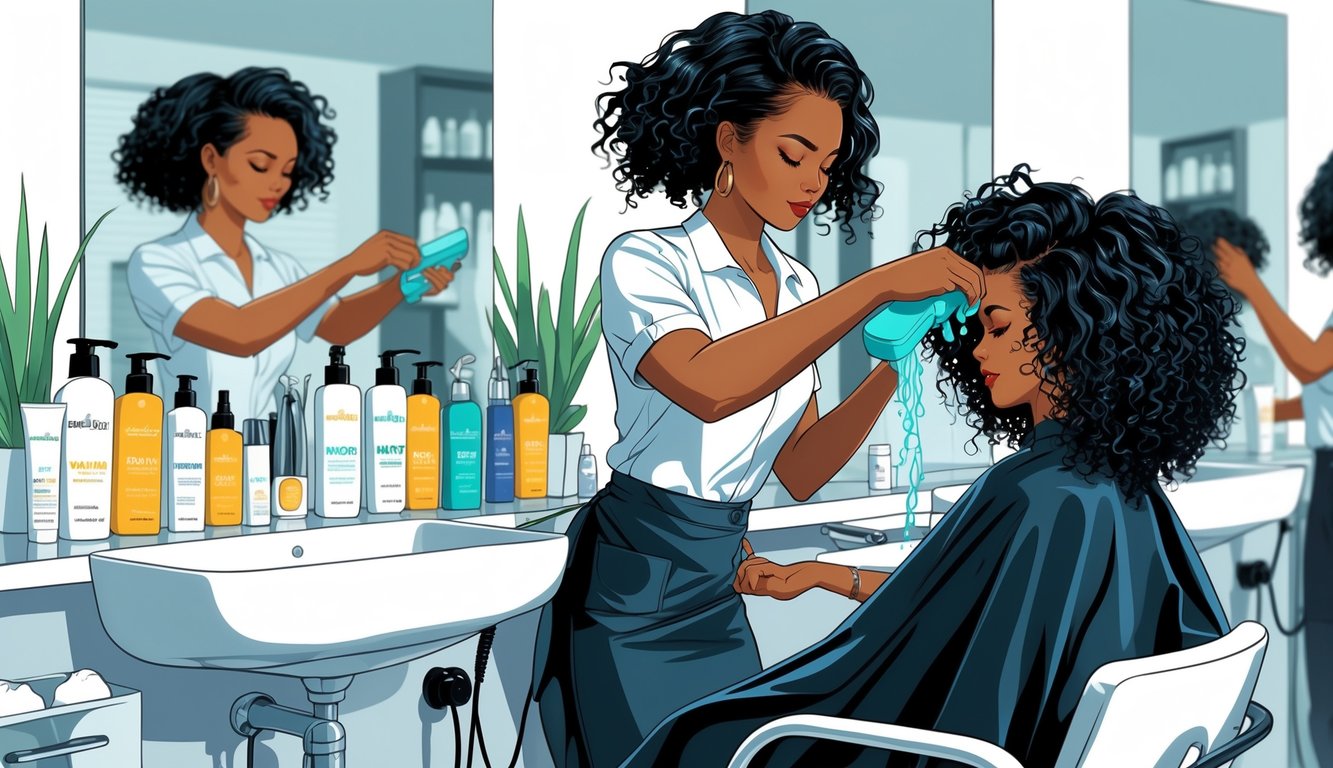
Clients always want the “one magical product,” but their showers are full of the wrong shampoos and too many stylers stacked on top of each other. That sticky product residue? It’s not going anywhere on its own. Picking the right shampoo isn’t just about grabbing whatever’s cheap at the supermarket. Let’s just call it what it is: a mess.
The Importance of Sulphate-Free Shampoo
Wild that some stylists still sneak sulphates into their backbar for textured hair—like, why? Sulphate-free shampoo keeps your hair from feeling like a straw broom after a wash, which is why most textured hair should avoid traditional detergents. Here’s a guide that basically says stripping natural oils is the fastest way to destroy curls.
People think foam means clean—nope. I’ve dunked my own curls in a lather and all I got was a frizz explosion. Check the ingredients. If you see sodium lauryl sulfate, run. I keep pushing gentle cleansers with coconut-derived surfactants. Every curly method expert I know—actual pros, not just TikTokers—swears by low-poo or co-wash routines for bounce and happy scalps.
Managing Product Build-Up
Someone literally asked me yesterday if a weekly clarifying wash means “no more flakes ever.” If only. Product build-up is sneakier than my Wi-Fi on Mondays. Layering oils, gels, creams—it’s fine, but if you don’t rinse right, your hair’s sabotaging itself. Moisture balance? Gone. My fix (after a lot of trial and error): apple cider vinegar rinse, diluted 1:5 with water. It cuts residue but doesn’t trash your scalp.
Stylists see everything—waxes glued to edges, masks caked at the roots. Weekly clarifying (with a real chelating or clarifying shampoo, not just any bottle) followed by sulphate-free products helps. Industry advice is clear: you need a rotation, not a product pile-up. And I still miss a spot behind my ear sometimes. Why does it always smell like lavender? No clue.
Detangling and Handling Techniques
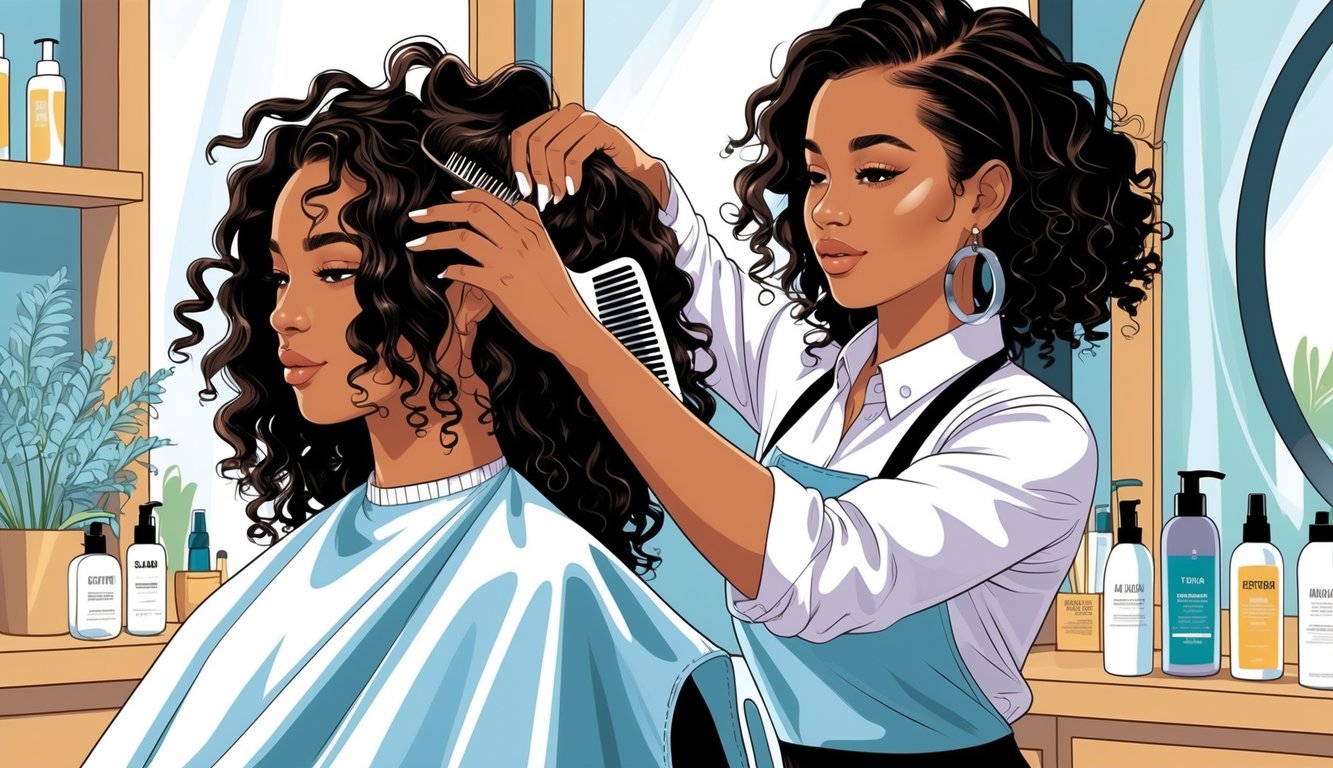
Lost track of how many snapped combs and panicked faces I’ve seen thanks to knots and coils. Detangling textured hair isn’t just a technique, it’s survival. Mess it up and you’ll get breakage, annoyed clients, and that weird pit in your stomach for the rest of the day.
Gentle Detangling to Prevent Breakage
Halfway through shampooing, I’m thinking about dinner and automatically grabbing a wide-tooth comb or detangling brush—never just any random tool. Narrow teeth? Might as well just rip the hair out. Always, always start at the ends and work up, or you’re just shoving knots closer to the scalp. Not fun.
Aveda’s instructors once told me (while I pretended to take notes) that combing down from the scalp just yanks out hair. Even with the fanciest leave-ins, people forget the basics. I mist sections with water or a lightweight detangler. Nobody tells you how much better your scalp feels if you go slow and gentle—here’s a guide. If your brush snags, stop. Pain means breakage. Why do clients keep brushing wet hair with those old vent brushes? Still don’t get it.
Protecting Hair During Styling
People with tight coils always watch me like I’m about to ruin their lives, and honestly, I get it. So many stylists act like textured hair is indestructible. It’s not. Before any heat, I use a real heat protectant—not just random oil. Turn the heat down, skip rough towel-drying; pat with a microfiber towel or a T-shirt. Moisture is everything, but so many clients think “silicone serum” is hydration. It’s not even close.
Someone brought in every brush she owned, including a paddle brush meant for straight hair. Her ends didn’t stand a chance. For tying up, I recommend snag-free scrunchies, not those evil elastics with metal. I take my time. For sleek ponytails, I use a bit of leave-in on the edges so baby hairs don’t rebel. Stylists say don’t detangle from the scalp—start at the bottom or start over. I still get annoyed when I see perfect curls snapped just for speed. Nobody wins.
Heat Styling: Risks and Best Practices
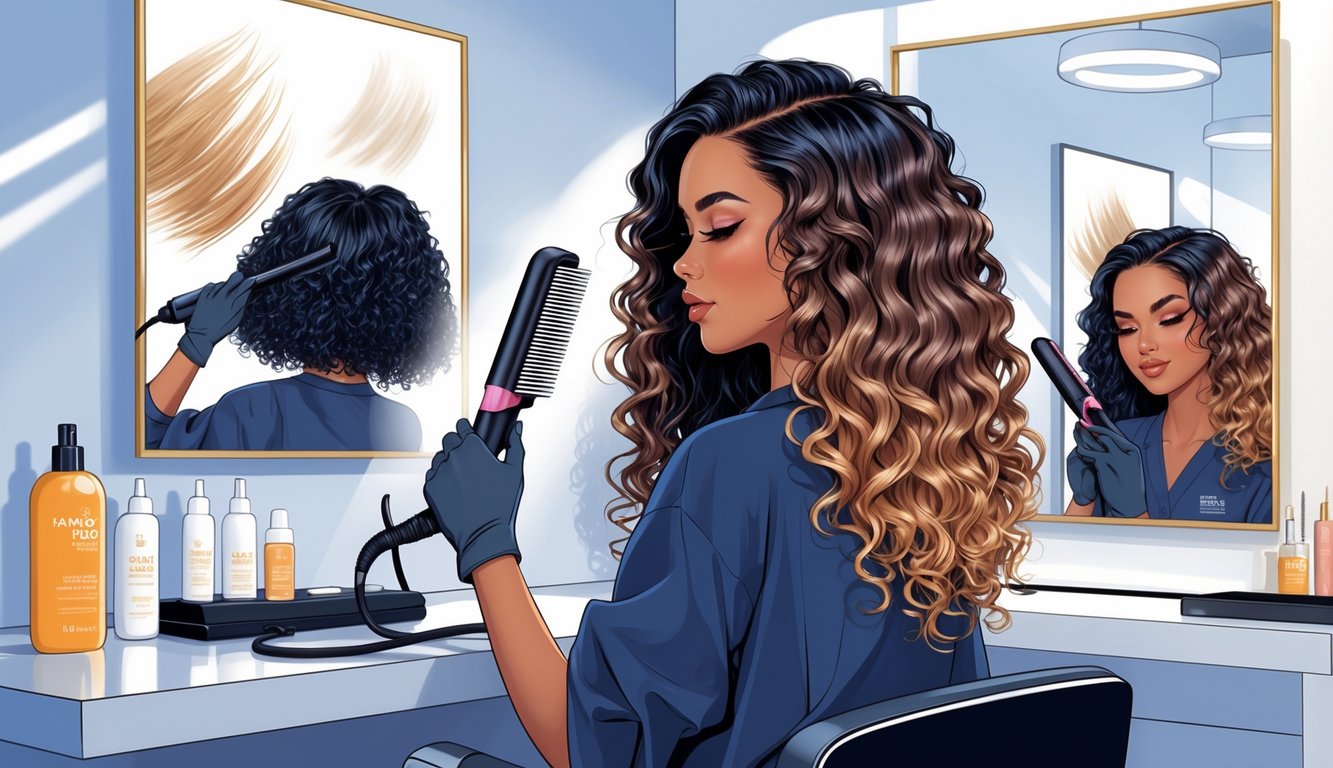
I’m honestly shocked by how often I catch myself reaching for the flat iron when my hair’s already feeling crispy. Hair dryers, curling irons, all of it—I keep seeing the aftermath: dullness, split ends, and just rough texture everywhere, even when I swear I’m being careful.
Avoiding Excessive Heat Damage
So, Wednesday. I grabbed my ancient blow dryer for a “quick fix” and, wow, instant regret: burnt ends, frizz city, that weird fried smell everyone pretends isn’t happening. And, honestly, why does nobody warn you until it’s too late? If you skip heat protectant—like, actually skip it, not just do a little wishful thinking—your hair’s basically doomed. Doesn’t matter if it’s the cheapest spray or that overpriced salon serum, just use something. I swear, every class I’ve taken in the last few years hammers this home, and every pro says the same thing—heat styling tools can trash your hair if you’re not careful. Yet here I am, repeating it again.
And, please, don’t just crank the heat up because the button says “high.” Apparently, numbers matter? The American Academy of Dermatology says fine or damaged hair should stay under 300°F (150°C), and thick hair shouldn’t go past 350°F (177°C). Even if your stylist shrugs and says it’s fine, it’s not. Had a client last week who was convinced low heat couldn’t touch her curls—nope, she just needed to slow down and work in smaller sections. People always rush, then ask why their split ends keep multiplying. Another thing: if you style over dirty hair, you’re basically baking product gunk right into your cuticle. Good luck washing that out. Crunchy, sticky, breakage-prone hair? No thanks.
Enhancing Styling Performance Without Compromising Hair
Let’s get real: chasing high shine doesn’t mean your hair is healthy. People obsess over sleekness and then sabotage themselves with random serums or sprays that just layer on invisible goo. Seriously, the best routine isn’t complicated: deep condition, trim the ends, and let your roots air-dry before you even look at a hot tool. I fight about this with clients all the time—skipping trims to “grow it out” just makes everything worse, because ragged ends refuse to cooperate. Ignore the basics, and you’re just faking it.
My go-to move? A quick mist of detangler before any heat—less snagging, less time under the iron, and, honestly, your hair survives longer. And blasting each section with cool air right after? It actually works, even on stubborn hair. I know it sounds weird, but sectioning clips (never rubber bands, please) mean less pulling and less breakage. Also, stop using hot tools every day. Limit heat styling to a couple times a week, give your hair some actual downtime. If you’re worried you’re not doing “enough,” trust me: healthy hair is easier to style, looks shinier, and doesn’t split every five minutes. Sometimes I really wonder if half the damage I see could be avoided if people just left their tools alone and switched up leave-ins more often—but whatever, nobody listens.

